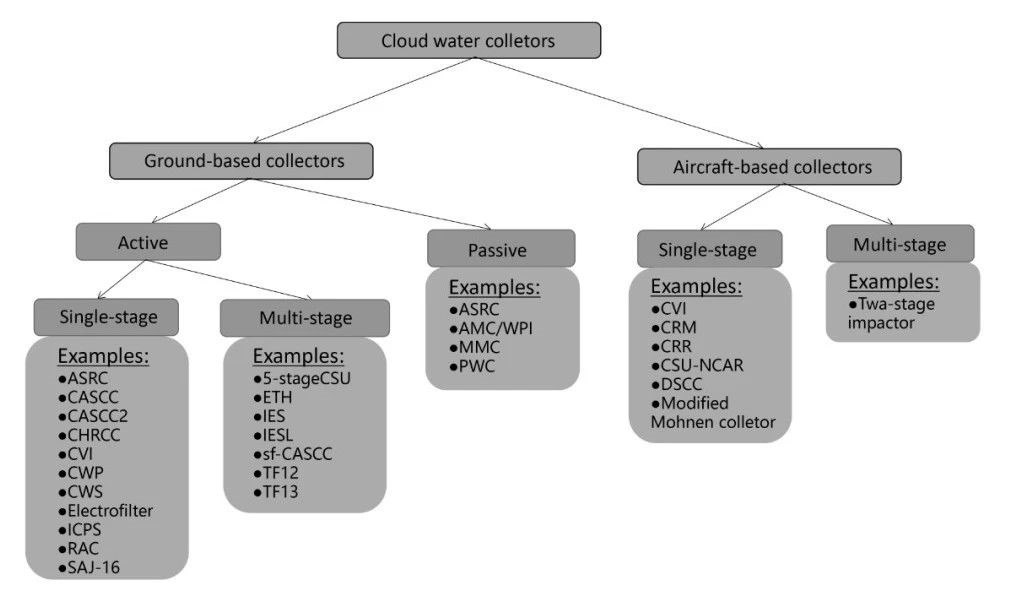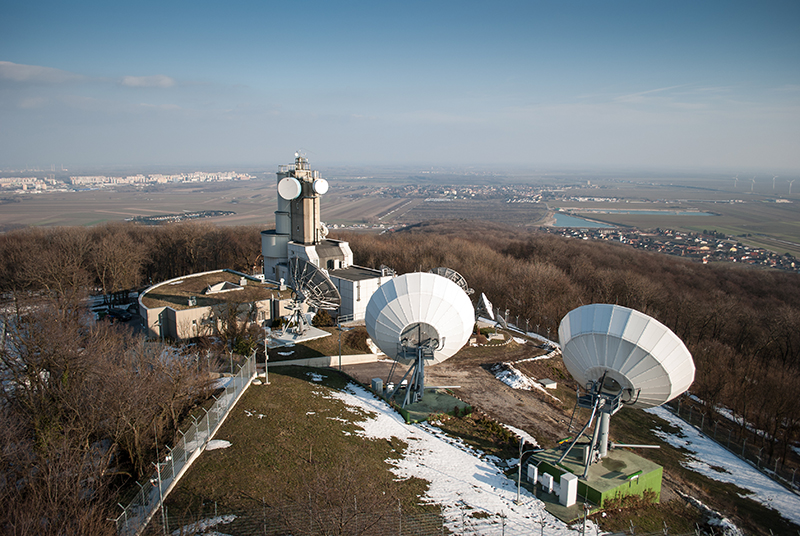What is cloud and mist?
Clouds are visible aggregates of large amounts of water droplets and ice crystals suspended in the atmosphere near the surface due to turbulent motion, while clouds deposited on the Earth's surface are called fog, and the horizontal visibility of fog is often less than 1000 meters. The particle size of clouds is usually between 20 and 100 μ Within the range of m, in high clouds, their diameter may reach up to 200μM.
What impact do clouds and mist have on us?
In human production activities and daily life, most economic property damage is caused by natural disasters, such as drought, floods, storms, hail, and dense fog, which are the most common natural disasters.
Thick fog not only obstructs aviation, port, and road traffic, but also spreads microorganisms, suspended particulate matter, and gaseous pollutants, seriously endangering human respiratory health. In some cases, the economic losses caused by dense fog can be comparable to tornadoes, winter storms, and hurricanes.
Of course, fog is also beneficial for humans: the dense fog in valleys is beneficial for economic crops, such as the growth of rubber trees in Xishuangbanna, Yunnan and Yunnan's Lushan Yunwu tea; In countries and regions with less precipitation, fog water can also serve as freshwater resources. In northern Chile, fresh water is collected through fog water collection points for household use. However, with the development of industry and the improvement of productivity, there has been a sharp increase in land transportation mileage, airports, and port terminals. The particulate matter and acidic substances emitted by industrial development have made the harm of fog more serious. People have realized that air pollution can cause fog acidification, exacerbating the harm of fog. Therefore, research on fog chemistry has begun to enter the field of vision of researchers.
Early development of cloud and mist water collectors
At present, the principles of cloud and mist water samplers both domestically and internationally are mostly derived from early designs abroad. Since the 1950s and 1960s, scientists in the United States and Europe have been conducting research on cloud and mist chemistry, and have designed and developed various types of cloud and mist water samplers. Up to now, there have been more than thirty structures, as shown in the following figure:

Types of Cloud and Mist Water Collectors
1、 From the particle size distribution of cloud droplets collected from samples, cloud water samplers can be divided into two categories: single-stage and multi-level.
2、 From the perspective of loading location and usage, cloud and mist water samplers can be divided into two types: airborne and ground-based;
The airborne cloud and mist water sampler adopts the principle of impact or cyclone cutting, and is used for aircraft navigation sampling. It has a small sampling volume, complex operation, and high cost, and is generally rarely used;
Ground cloud and mist water samplers can be divided into two categories: active and passive. Passive ground cloud and mist water samplers have no power consumption and rely solely on mesh and natural wind to capture fog droplets. They are the simplest and cheapest, but have obvious disadvantages such as long sampling time, low efficiency, and susceptibility to pollution. Their main use is for the utilization of fog water resources; The active fog water sampler is the most commonly used and convenient instrument for conducting cloud and fog chemistry research. It has the advantages of large sampling volume, short sampling time, and easy use and maintenance. The principle is to actively intercept cloud and fog droplets in the air mass onto the wire rope through fan suction to condense and increase, thereby collecting samples.
What are the development prospects of ground-based cloud and mist water samplers?
The characteristics of the foundation sampler are simple construction, low sampling cost, and the ability to conduct long-term and large-scale sampling. The main difference between the two basic types of samplers, airborne and ground-based, without considering sampling costs and efficiency, is the sampling time for cloud, fog, and water: in ground-based samplers, the sampling time ranges from 30 minutes to a few days; In airborne samplers, the sampling time ranges from 2 minutes to 25 minutes. The more the sampling time of the sampler matches the fog event time, the more representative the sample can be of the composition of the sampled cloud cluster. According to different types of cloud clusters, the lifespan of clouds is 15 to 120 minutes; If clouds deposit on the surface of the Earth, the duration of fog events may be longer. The time span of airborne samplers matches the time span of fog events more closely, and matching the time span is one of the future improvement directions for ground-based samplers.













